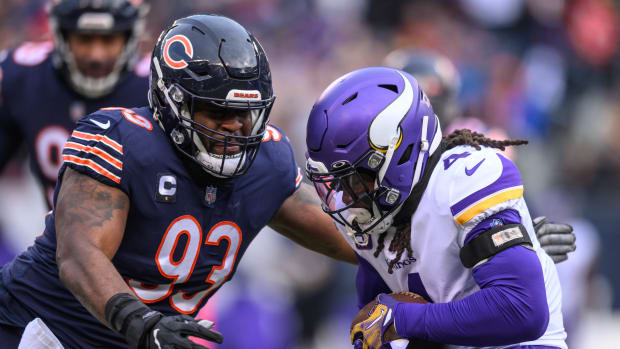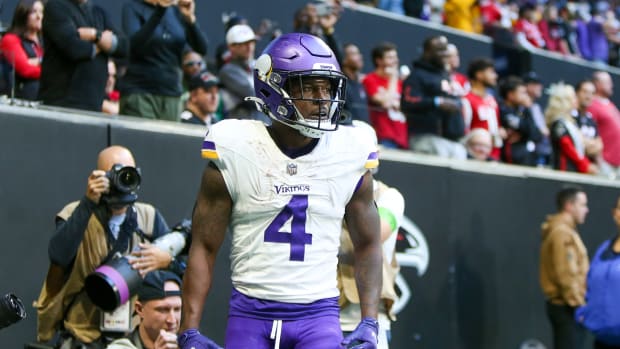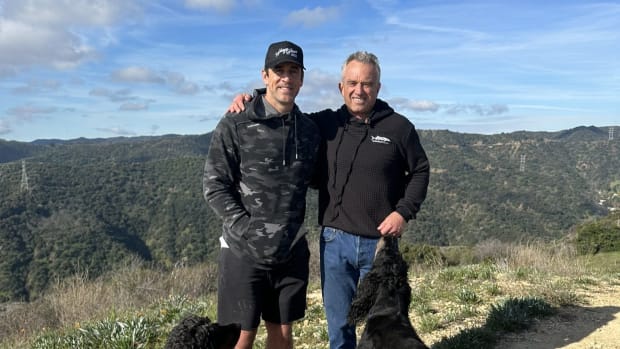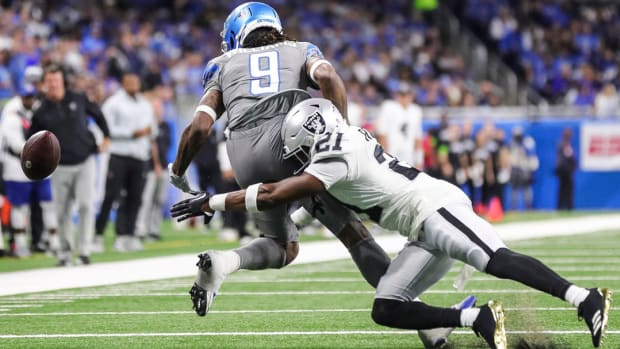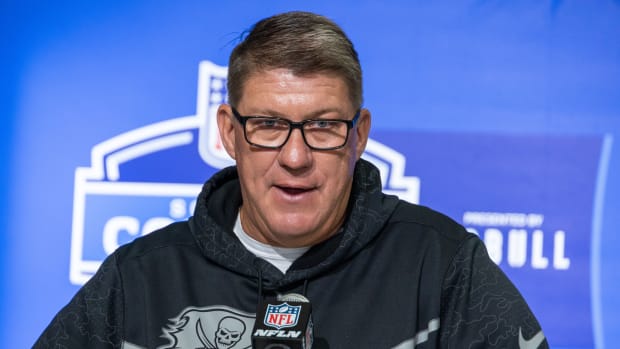Tall NFL receivers a must these days
The Washington Redskins once won a Super Bowl with a collection of wide receivers called ''The Smurfs.''
That just won't fly in the NFL anymore, although there are plenty of vertically challenged wideouts throughout the league. Standouts Steve Smith Sr., Odell Beckham Jr., Emmanuel Sanders and Julian Edelman all are under 6-foot tall, some of them well below that measure.
Regardless of their skill and production, the ''little guys'' are outnumbered throughout the league by wideouts who, well, look down on them. And who peer down at defensive backs, few of which - outside of the Legion of Boom in Seattle and its defectors on other rosters such as Brandon Browner, now in New Orleans - pass the height test in comparison.
Virtually every team relies on at least one receiver who is taller than 6-1, with some owning a collection of them. Vincent Jackson and Mike Evans in Tampa are both 6-5. Not to be outdone in Florida, Jacksonville has Allen Hurns and Allen Robinson, both 6-3.
Brandon Marshall of the Jets goes 6-4 and sidekick Eric Decker is 6-3. Philadelphia's Jordan Matthews, who usually plays in the slot, normally the territory of the shorter wideouts, is 6-3.
From Pittsburgh's Martavis Bryant (6-4) to Dallas' Dez Bryant (6-2), tall targets are in vogue.
''There are some big receivers in this league,'' Dolphins 6-1 safety Reshad Jones notices. ''Some of them are like tight ends. Big receivers, you've got to get your hands on them and don't let them get going. Get them down on the ground.''
Not so easy when they also outweigh the defensive backs, even the safeties - Jones goes 215 in comparison to Detroit's Megatron, Calvin Johnson, at 236. And many can run just as quickly as the guys trying to shadow them.
All-Pro cornerback Darrelle Revis (5-11, 198) is dwarfed by his Jets teammate, Marshall. Revis, of course, makes up for such inequities when he faces the likes of Arizona's Larry Fitzgerald (6-3, 218) or Cincinnati's A.J. Green (6-4, 208) through experience and wisdom. At least most of the time, but not always.
''He is so intelligent as a receiver, he's very smart. He knows how to get open,'' Revis says of Marshall. ''He knows how to use his body, he knows how to use his strength and his size. If there could be another Megatron, it would be him. I would put those two, him and Calvin Johnson, in the same category of big, tall receivers, 6-5, 230-plus and can run like a skill player.''
One of the most skilled tall receivers in NFL history was Hall of Famer James Lofton. He went 6-3, 192 in an era when 200 pounds for a wideout was hefty.
Lofton had speed, craftiness, durability and diligence, all critical attributes for a wideout. And he had length.
''One of the first things to look at is catch radius. How much,'' says Lofton, who played 16 seasons, caught 764 passes, averaging 18.3 yards per reception, and had 75 touchdowns while making eight Pro Bowls. ''Some big guys you would think would be can't-miss guys but are average because they don't use their length and size.
''On some passes, bigger is better. As you're going downfield, trying to throw a back shoulder or the fade or the lob, the 5-9 guy is at a distinct disadvantage. The 5-9 defensive back, he is under the receiver.
''From a quarterback's perspective if you are throwing the ball down the field, the guy who is 6-4 doesn't have to be as open as the guy who is 5-10. That's why Antonio Brown (5-10) and Sanders (5-11) are very unique in their ability to play bigger than their listed size. There are some guys who are tall who play smaller.''
One reason NFL teams are enamored of the tall pass catcher is what he provides in the red zone. That's often been the province of tight ends, with such current behemoths as Rob Gronkowski and Jimmy Graham prime examples. It's also become a key area for wideouts with long arms and plenty of reach.
''But you also have got to have quickness inside, and supple enough hands to catch the ball with that guy on your back in the red zone,'' Lofton says. ''It is a skill.
''Look at Beckham, who's pretty good in the red zone but has to make the spectacular catch. And the guy who is 6-5 needs less effort to reach the ball.''
Lofton notes that height is relative in sports. A few years ago, he researched tall receivers for an article and broke it into sub-groups because ''one size does not fit all.'' Lofton wanted to place Atlanta's Roddy White among the bigger guys; White is 6-0.
White is a relative shortie compared to his teammate and the NFL's most dangerous receiver this season, Julio Jones (6-3, 220). Jones, for whom the Falcons sent Cleveland a first-round pick (No. 27 overall), a second-rounder and a fourth-rounder in 2011, plus Atlanta's No. 1 pick in 2012 (No. 22) and fourth-rounder that year, has 43 catches and four touchdowns already despite being hampered for part of the team's 5-0 start by hamstring issues.
Jones is the prototype for the current most-desired wideout. He brings a combination of physicality and elusiveness to the Falcons that is emblematic of what the top tall men can offer.
And covering them is a tall order indeed.
---
AP Sports Writer Dennis Waszak Jr., contributed to this story.
---
AP NFL website: www.pro32.ap.org and www.twitter.com/AP-NFL
































